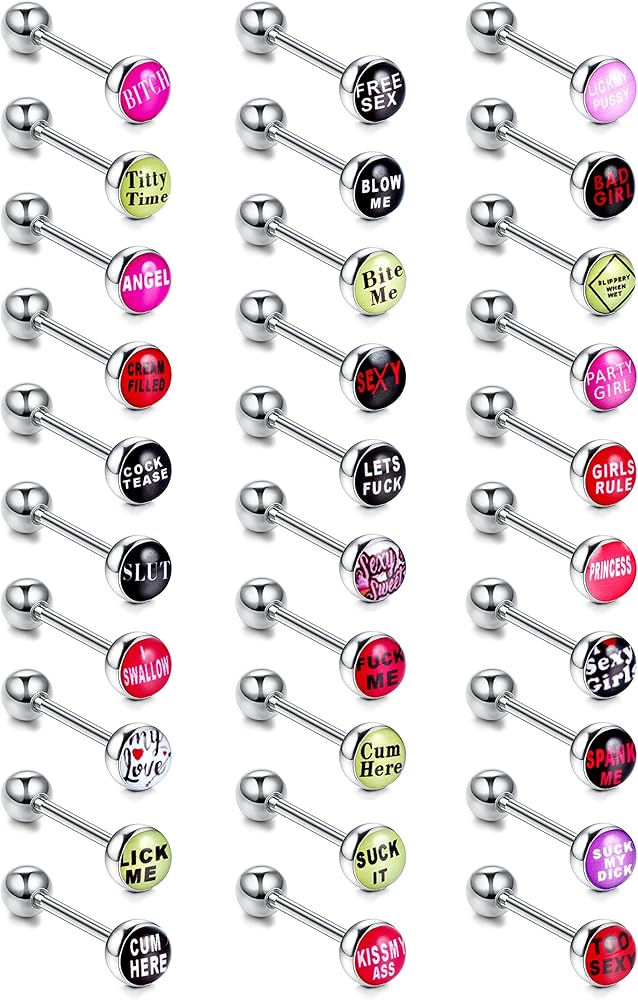Temporary Filling: Relieve Pain Now
Relieving pain is a top priority for individuals suffering from toothaches or other dental issues. A temporary filling can provide immediate relief and serve as a stopgap solution until a more permanent fix can be applied. But what exactly is a temporary filling, and how does it work?
Understanding Temporary Fillings
Temporary fillings are provisional restorations used to fill cavities or tooth damage temporarily. They are typically made from a soft, easily moldable material that can be quickly shaped to fit the tooth. The primary purpose of a temporary filling is to provide a seal, protecting the tooth from further decay, sensitivity, or discomfort. These fillings are not meant to be permanent and usually need to be replaced with a more durable material after a certain period.
Materials Used for Temporary Fillings
Several materials can be used for temporary fillings, each with its own set of characteristics:
Zinc Oxide-Eugenol (ZOE): This is a common material for temporary fillings due to its sedative properties, which can help relieve toothache pain. However, it is not very durable.
Glass Ionomer Cement (GIC): Although more commonly used for permanent restorations, certain types of GIC can be used temporarily. They offer the advantage of releasing fluoride, which helps prevent further tooth decay.
Resin-based Composites: These materials are more aesthetically pleasing and can bond to tooth structure, making them suitable for temporary restorations in visible areas. They are more durable than ZOE but may not match the Sedative properties of ZOE.
Procedure for Applying a Temporary Filling
The process of applying a temporary filling is relatively straightforward and typically involves the following steps:
Preparation: The dentist will start by cleaning the area around the tooth to remove any debris or bacteria. This may involve the use of a local anesthetic to numb the area, especially if the decay is deep or the patient is experiencing significant pain.
Removal of Decay: The decayed portion of the tooth is removed. For a temporary filling, this process might be less invasive than for a permanent filling, depending on the situation.
Application of Filling Material: The temporary filling material is then applied to the tooth and shaped to fit the cavity. If necessary, the dentist may use a blue light to cure the material, especially if a resin-based composite is used.
Bite Adjustment: After the temporary filling is in place, the dentist will check the patient’s bite to ensure that the filling does not interfere with the bite or cause discomfort.
Aftercare for Temporary Fillings
While temporary fillings can provide relief, they require proper care to ensure they last until a permanent solution can be applied:
Dietary Restrictions: It’s often recommended to avoid chewing or biting on the filled tooth, especially if the filling is large. Sticky, hard, or chewy foods should be avoided as they can dislodge the filling.
Oral Hygiene: Maintaining good oral hygiene is crucial. Brushing and flossing should continue as usual, with care taken not to dislodge the temporary filling.
Follow-Up Appointment: It’s essential to follow up with the dentist as scheduled for the permanent filling. Neglecting to do so can lead to further complications, such as the temporary filling falling out and exposing the tooth to new decay or the progression of existing decay.
Conclusion
Temporary fillings offer a practical solution for relieving toothache pain and protecting the tooth from further damage until a more permanent restoration can be placed. While they are not a substitute for proper dental care, temporary fillings play a vital role in dental treatment, providing patients with immediate relief and preventing more severe issues from developing.
FAQs
How long does a temporary filling last?
+A temporary filling can last anywhere from a few weeks to a couple of months, depending on the material used and how well it is maintained. However, it's crucial to get a permanent filling as soon as possible to ensure the long-term health of the tooth.
Can I eat normally with a temporary filling?
+It's recommended to avoid eating or drinking anything too hot or cold, as well as sticky, hard, or chewy foods, as these can dislodge the temporary filling. Soft foods are usually okay, but it's best to consult with your dentist for specific advice.
Do temporary fillings hurt?
+The procedure for applying a temporary filling is typically painless, especially if a local anesthetic is used. However, the tooth and surrounding area might be sensitive afterward, which should improve once the temporary filling is in place and any anesthetic has worn off.
Temporary fillings are a valuable tool in dental care, offering immediate relief and a chance to plan for a more permanent solution. Whether due to a toothache, accident, or the need for a more complex dental procedure, understanding how temporary fillings work and what to expect can make the process less intimidating and help individuals take proactive steps towards maintaining their dental health.


